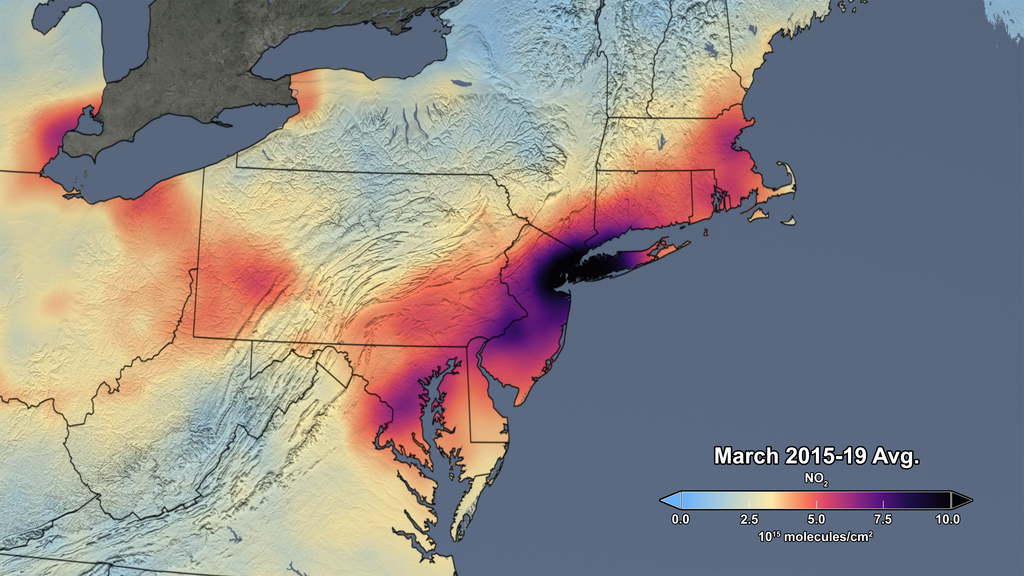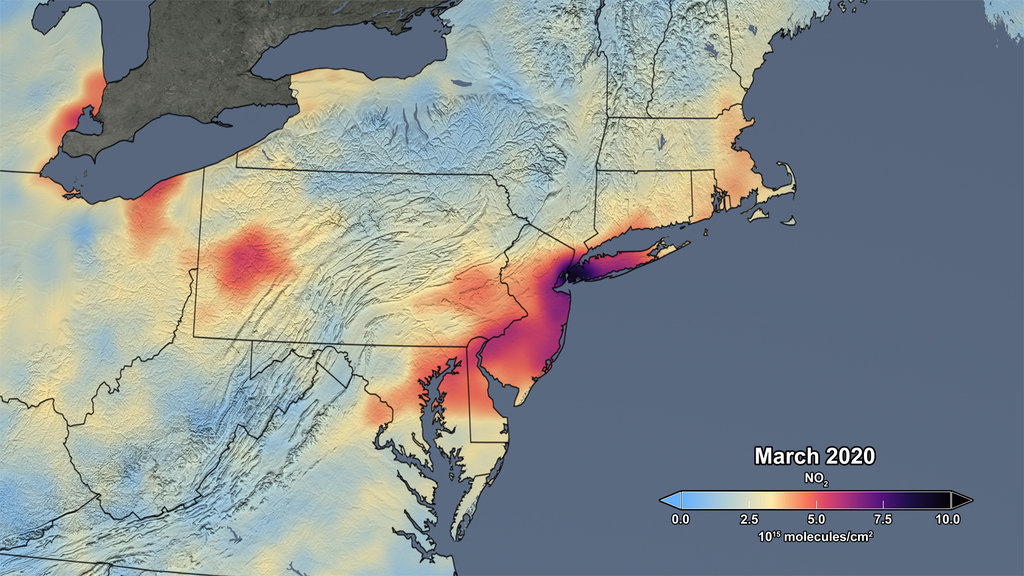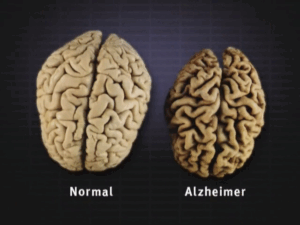With COVID-19 underway, the result of social distancing could lead to a solution to climate change
Climate change has become an emerging global problem. Within the last several decades, it has become more evident as the Earth undergoes weather conditions which deviate from standard patterns. Moreover, climate change has begun to cause our oceans to rise, our glaciers to melt, our ozone layer to deteriorate, and our ecosystems to worsen. As a part of industrialization, our world has to decide between sacrificing our technological dependency or remaining within the sustainable phases of climate change. Atmospheric CO2 is a metric used to conceptualize climate change. Graph 1 shows its drastic rise from the 1950s compared to the millennia preceding the current time. It also shows that decreasing our contribution to climate change can prevent the progression of this trend to the point of no return.

In the past couple of months, in response to the presence of COVID-19, many people have been socially distancing. Many schools have transferred their learning online, and many people have begun to work from home.
Life is at a sudden stand-still. Transportation is infrequently in use, less energy is needed to run office buildings, and fossil fuel usage is at an all-time low in manufacturing factories.
In the following maps, Map 1 shows the average amount of air pollution from 2015 to 2019, and Map 2 shows the amount of air pollution this March. As seen in the two maps, several weeks of quarantine have caused air pollution to plummeted by over 30%. Considering the short amount of time people have been quarantined for, this decrease of CO2 in the air seems large and unexpected.


However, without COVID-19, which obligates us to reduce our technology usage, we would have never reached this outcome. Due to our dependence on technology, through continuing with our quotidian lives, we would persist at contributing to climate change. Through COVID-19, we have reduced our contribution to climate change by changing our lives to keep our communities safe.
This decrease can show us several things about our planet and our environment. First, the predicament of climate change holds hope in our foreseeable future. While scientists have toiled incessantly to find a solution to this problem, COVID-19 has shown us that climate change could be solvable considering the result of several weeks of self-quarantining.
Furthermore, because COVID-19 has had a beneficial impact on climate change, we should begin to implement some of our quarantine habits into our daily lives. By only contributing to climate change when it is essential, as we have seen in the past couple of months, we can significantly alter the amount of air pollution. While there will be more carbon emissions once our lives have resumed, decreasing our contributions to climate change will help reduce air pollution.
Lastly, we should understand that COVID-19 is not a fix to our climate change problems. Since our previous methods of dealing with climate change were flawed due to the exacerbation of climate change, returning to our old habits will further this trend. COVID-19 has shown us a possibility of what we can achieve if we make a conscious effort to reduce our effect on the planet; we have to make that possibility a reality.
– Anjali Reddy
References
- Blumberg, S. (2020, April 9). Data Shows 30 Percent Drop In Air Pollution Over Northeast U.S. Retrieved April 11, 2020, from https://www.nasa.gov/feature/goddard/2020/drop-in-air-pollution-over-northeast
- Business Radio. (2020, April 7). What the COVID-19 Curve Can Teach Us about Climate Change. Retrieved April 11, 2020, from https://knowledge.wharton.upenn.edu/article/what-can-the-covid-19-pandemic-teach-us-about-climate-change/
- Climate Change Evidence: How Do We Know? (2019, December 30). Retrieved April 11, 2020, from https://climate.nasa.gov/evidence/
- COVID-19: NASA Science Keeps the Lights On – Climate Change: Vital Signs of the Planet. (2020, April 6). Retrieved April 11, 2020, from https://climate.nasa.gov/news/2966/covid-19-nasa-science-keeps-the-lights-on/
- Graphic: The relentless rise of carbon dioxide – Climate Change: Vital Signs of the Planet. (2020, February 5). Retrieved April 11, 2020, from https://climate.nasa.gov/climate_resources/24/graphic-the-relentless-rise-of-carbon-dioxide/
- Overview: Weather, Global Warming and Climate Change. (2019, August 28). Retrieved April 11, 2020, from https://climate.nasa.gov/resources/global-warming-vs-climate-change/
- Temple, J. (2020, April 10). The coronavirus outbreak may exacerbate nationalism and stall climate change action. Retrieved March 11, 2020, from https://www.technologyreview.com/2020/04/10/998969/the-unholy-alliance-of-covid-19-nationalism-and-climate-change/
- The Effects of Climate Change. (2019, September 30). Retrieved April 11, 2020, from https://climate.nasa.gov/effects/
Images






Be First to Comment